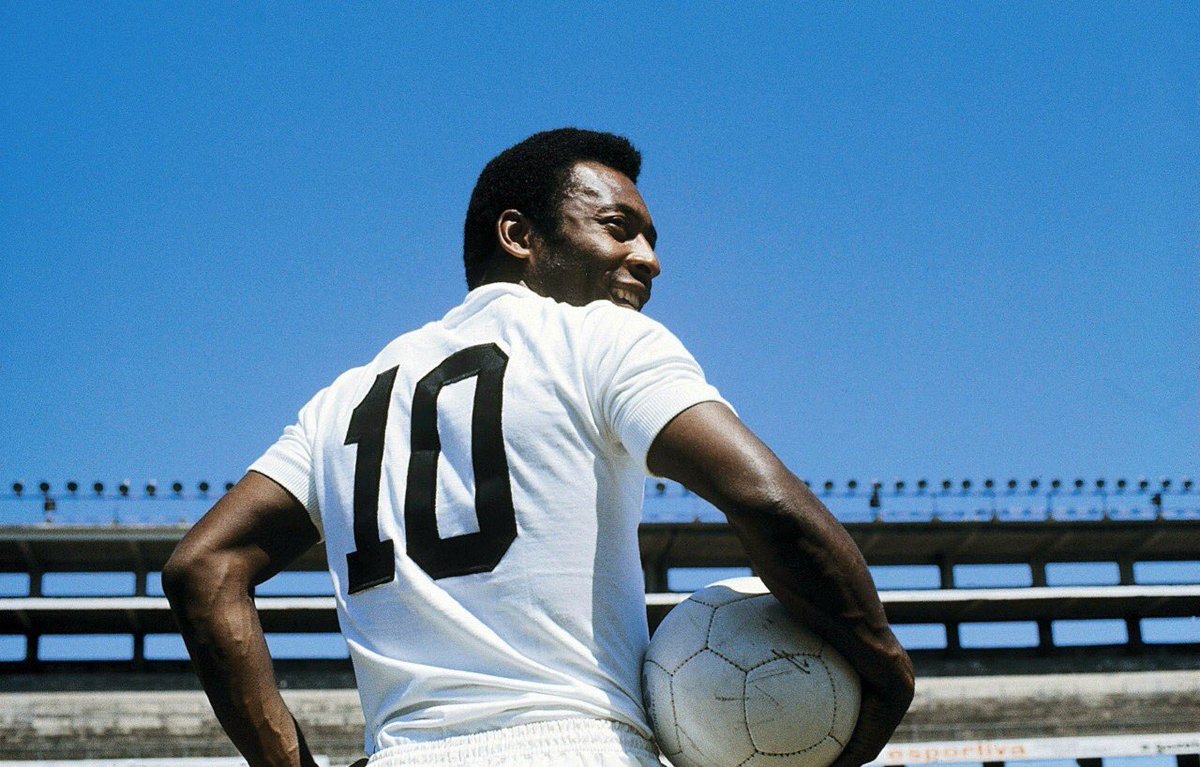
Number 10: Why Every Kid Dreams of Being a TENLEGEND
In the annals of sports, particularly within the hallowed realm of football, the number 10 jersey transcends mere numerical value, evolving into a symbol of finesse, leadership, and mythical stature. This discourse aims to elucidate the historical significance, cultural resonance, and the deep aspirational qualities of the number 10 jersey, presenting a narrative that explains why this number beckons the dreams of young athletes worldwide.

Historical Significance of the Number 10
The tradition of the number 10 began to gain prominence with the standardization of soccer jersey numbers. Originally, numbers were assigned based on a player’s position in the lineup, with the number 10 often given to the attacking midfielder, positioned centrally behind the forwards. This position demanded creativity, vision, and an ability to both score and assist goals. Over time, players wearing the number 10 jersey naturally became the focal point of their teams’ offensive play.

Greats like Pelé, Diego Maradona, Platini and Zidane have donned the number 10, each elevating its status through their extraordinary performances. For instance, Pelé brought the number international fame with his prowess in the 1958, 1962, and 1970 FIFA World Cups, helping Brazil clinch three titles. Maradona's performance in the 1986 World Cup, highlighted by the infamous 'Hand of God' goal and the 'Goal of the Century' against England, further cemented the number 10 as a symbol of soccer mastery. Michel Platini and Zinedine Zidane brought France glory with the 10 on the back. Lionel Messi, continuing this legacy in the modern era, has become synonymous with the number at Barcelona, where he won numerous titles and individual awards.
Cultural Impact
Beyond its historical significance, the number 10 jersey holds a cultural weight that transcends sports. It's a symbol of leadership, responsibility, and being the linchpin of team strategy. The number 10 player is often seen as the team's creative genius, the player who can change the course of the game with a single play. This has elevated the jersey to a mythical status, where it's not just a number but a role model for leadership and excellence.
In popular culture, the number 10 jersey is frequently a central theme in advertisements, movies, and discussions about soccer. It’s often associated with the idea of being "the chosen one" who carries the team's hopes, adding an element of mystique and aspiration that resonates deeply with fans and young players alike.

Aspirational Virtues
For the youth inducted into the sport, the aspiration to don the number 10 jersey is akin to a quest for sporting immortality. It represents not merely a target but a lofty pinnacle of achievement, inspiring burgeoning athletes to excel and envision themselves as the progenitors of legendary feats. This number serves as a potent symbol of distinction, a marker of both prowess and potential within the youthful echelons of football.

Psychological Implications
The psychological ramifications of the number 10 extend beyond the fabric of the jersey. For its bearer, it may confer an enhanced self-regard and a heightened performance, spurred by the mantle of greatness it implies. Conversely, for adversaries, the number can invoke a strategic wariness and a profound respect, potentially altering their tactical approach to the game.
To don the number 10 jersey is to embrace a legacy fraught with grandeur—a commitment not merely to play but to excel and inspire. It stands as a beacon for those who seek to etch their names alongside the luminaries of football. Thus, the number 10 is not merely a digit but a profound cultural phenomenon, encapsulating dreams and spurring young athletes to stride onto the field with aspirations not only to participate but to transcend and perhaps, in the fullness of time, to ascend to the echelons of the legends themselves. The allure of the number 10 is undiminished, an eternal flame that ignites the passions of youth who dare to dream big and aspire to greatness.
Join us in celebrating the number 10s.
Be a TENLEGEND®.

